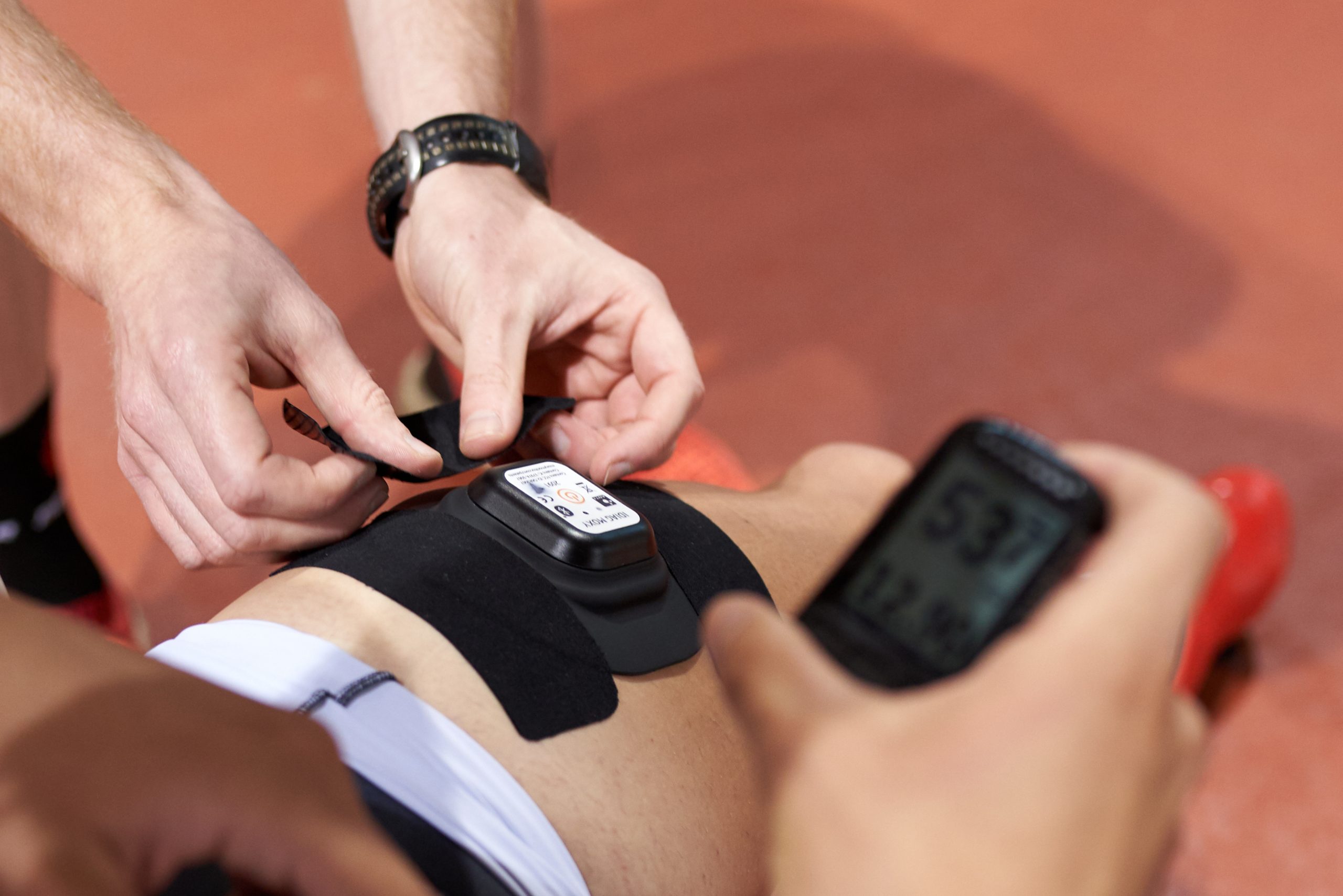Adaptive training areas & NIRS markers
Introduction
Training is usually controlled according to load specifications. This means that speeds, heart rates or performance ranges are specified that should be reached and maintained in order to bring about the planned training stimulus.
The training ranges are based on performance diagnostics (e.g. NIRS-LD), which determine which metabolic situation occurs at which load. A few generally valid statements can be made:
- Training in Zone I ("KB" and "GA1") should always feel loose.
- Training in zone II ("GA2" and lower "EB") should feel medium-intensity, at least for the first half hour. It should therefore not cost any conscious effort to be in these load zones.
- Zone III ("EB" and "SB") feel hard (after a while). So it takes conscious effort to maintain performance in these zones and not let up.
What is the form of the day?
We can all remember training sessions where the body feeling did not match the above descriptions. What was supposed to be easy felt hard or certain (high) load ranges could not even be reached.
This discrepancy between training areas and body feeling is often described with the term "daily form".
With the TRAINALYZER® it is possible to display the daily form and adjust the training accordingly. If you are interested, you can even see what the fluctuations in form depend on.
The daily training ranges for each training session with NIRS, in which a sufficient number of intensity ranges are covered, are displayed on the home page of the TRAINALYZER for the training ranges Zone I extensive, Zone I intensive and Zone III extensive/ maxSmO2ss. The display can also be found in the overview of each training session.

These three intensity ranges are characterised by significant changes in the metabolic situation in the examined muscle, which can be determined from the oxygen saturation. The three summary graphs show the power/pace at which the metabolic situation is detected. At the top of the graph, the power/pace at which the metabolic situation is detected is listed. The line below shows how high the performance was on average over the last two weeks and the last eight weeks, as well as the maximum value in the data recorded so far. Ideally, a continuous increase can be seen here during the training process, and a decrease after breaks in training.
How does daily form come about?
One reassuring piece of information first: fluctuations in performance are completely normal. Women are familiar with such fluctuations due to the hormonal cycle, but they are also part of the training process for men. Various processes are responsible for the fluctuations; the most important are the transport of oxygen to the muscle and the provision of energy in the muscle itself. These factors can be displayed with the TRAINALYZER®.
The transport of oxygen to the muscle is divided into the blood flow itself, which can be determined by the parameter tHb. If blood flow drops from one day to the next, this can indicate inflammatory processes in the muscles. These occur after unaccustomed, long and/or intensive training sessions and are an indicator of recovery processes that have not yet been completed.
However, reduced blood flow can also be a sign of not yet optimal warming.
If the blood flow is unchanged but the oxygen supply is reduced, this can be an indication of a reduced oxygen transport capacity - the oxygen transporters in the blood are either reduced or limited in their function. Alternatively or additionally, the gas exchange in the lungs may also be impaired, so that existing red blood cells cannot be optimally loaded with oxygen.
On the muscle side, there is the possibility that certain muscle fibres cannot work to the usual extent due to fatigue, which is expressed by an increased oxygen demand in zones I and II.
If certain energy-producing processes are inhibited, it can also happen that the oxygen demand is reduced in these training zones - in return, however, a loss of performance occurs above the maximum equilibrium of saturation. In this case, the subjective "stance gas" would be significantly increased, but above the "threshold" the performance would be severely limited - a phenomenon that often occurs especially in training camps.

